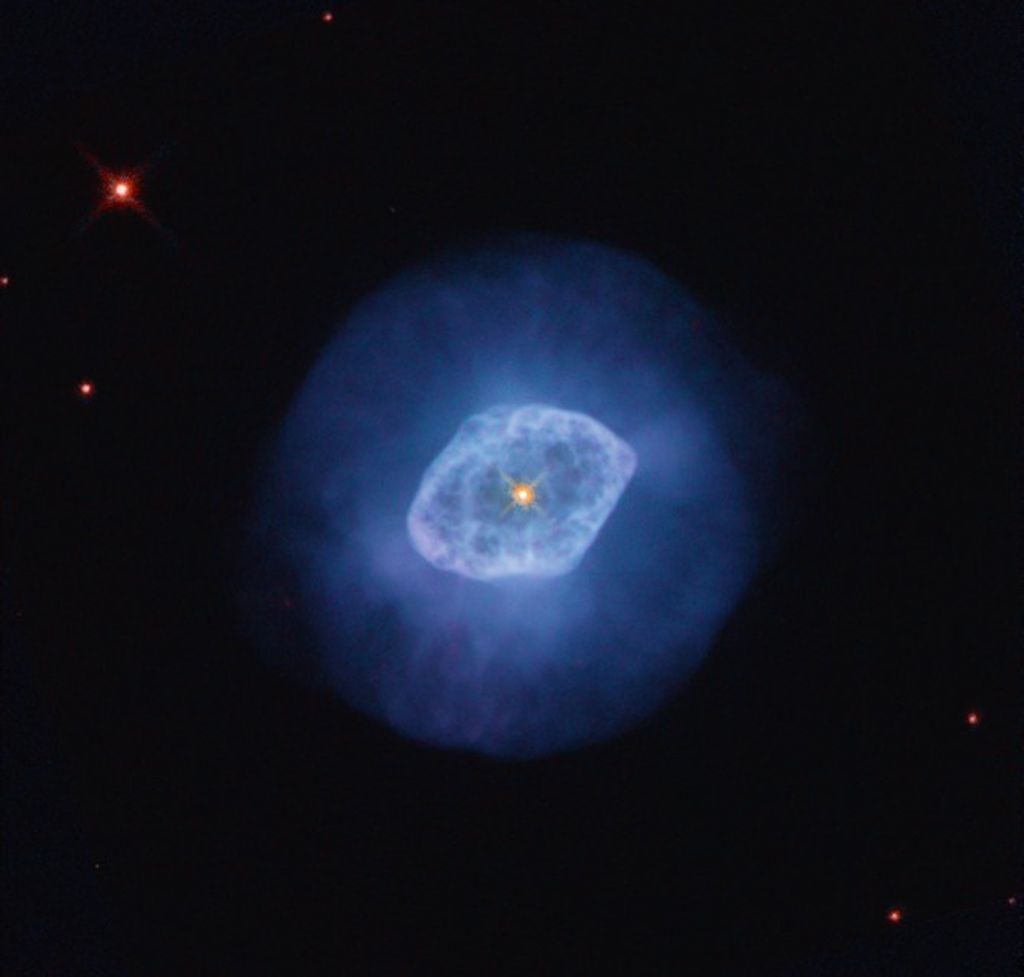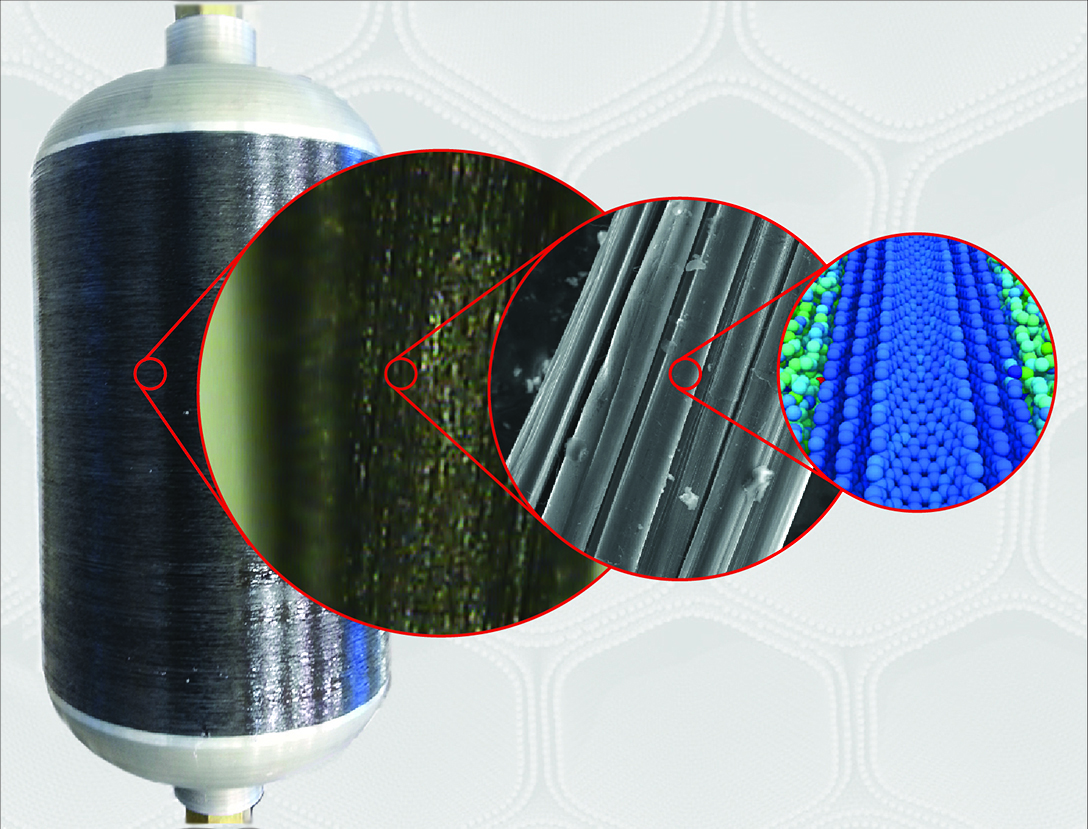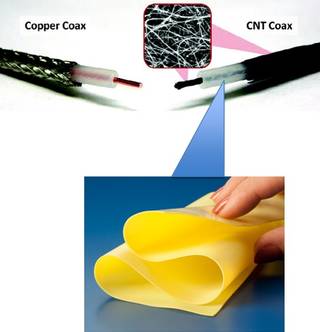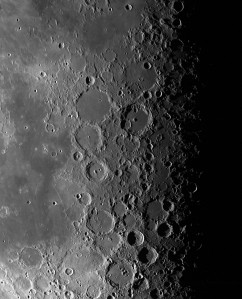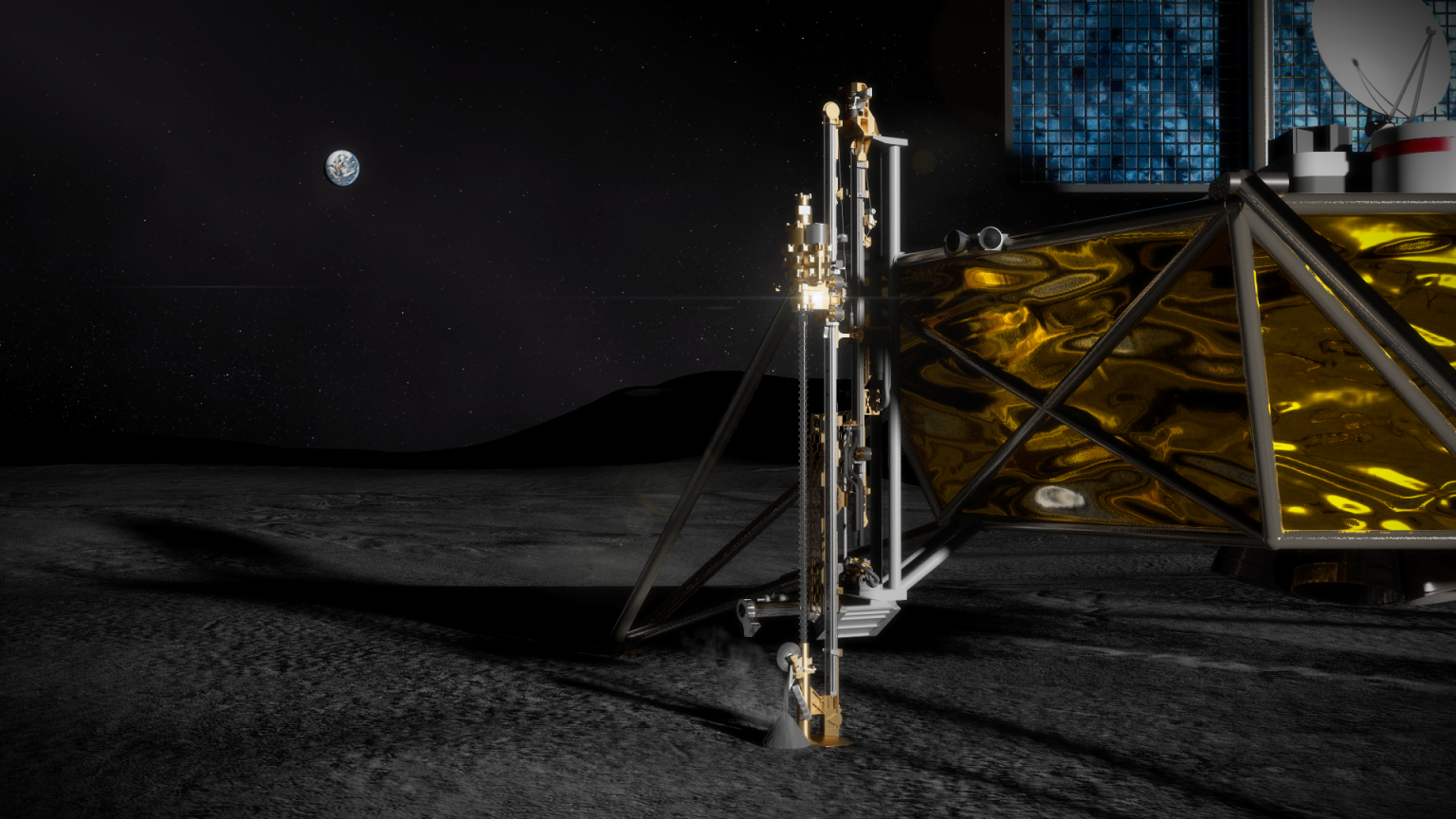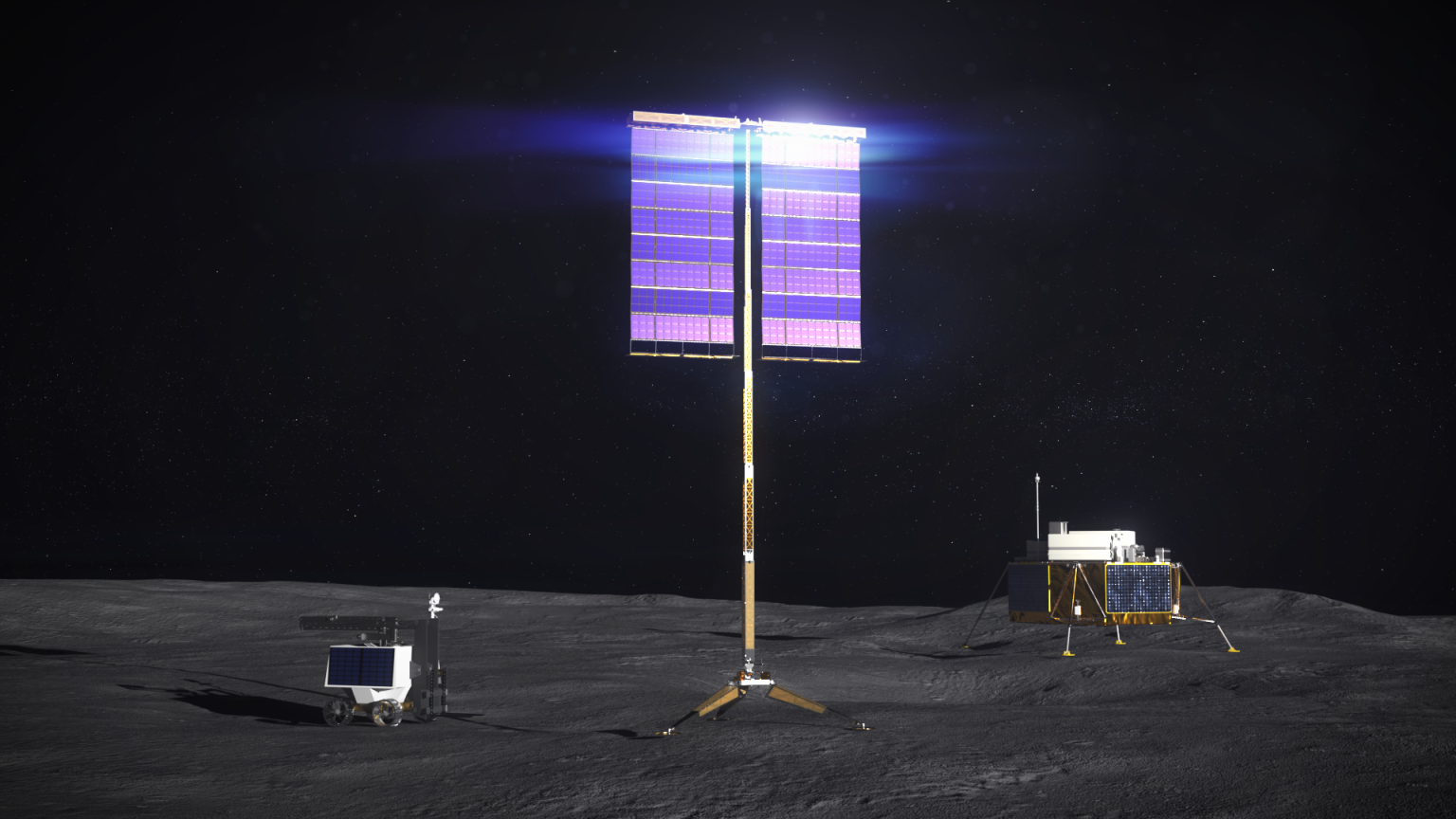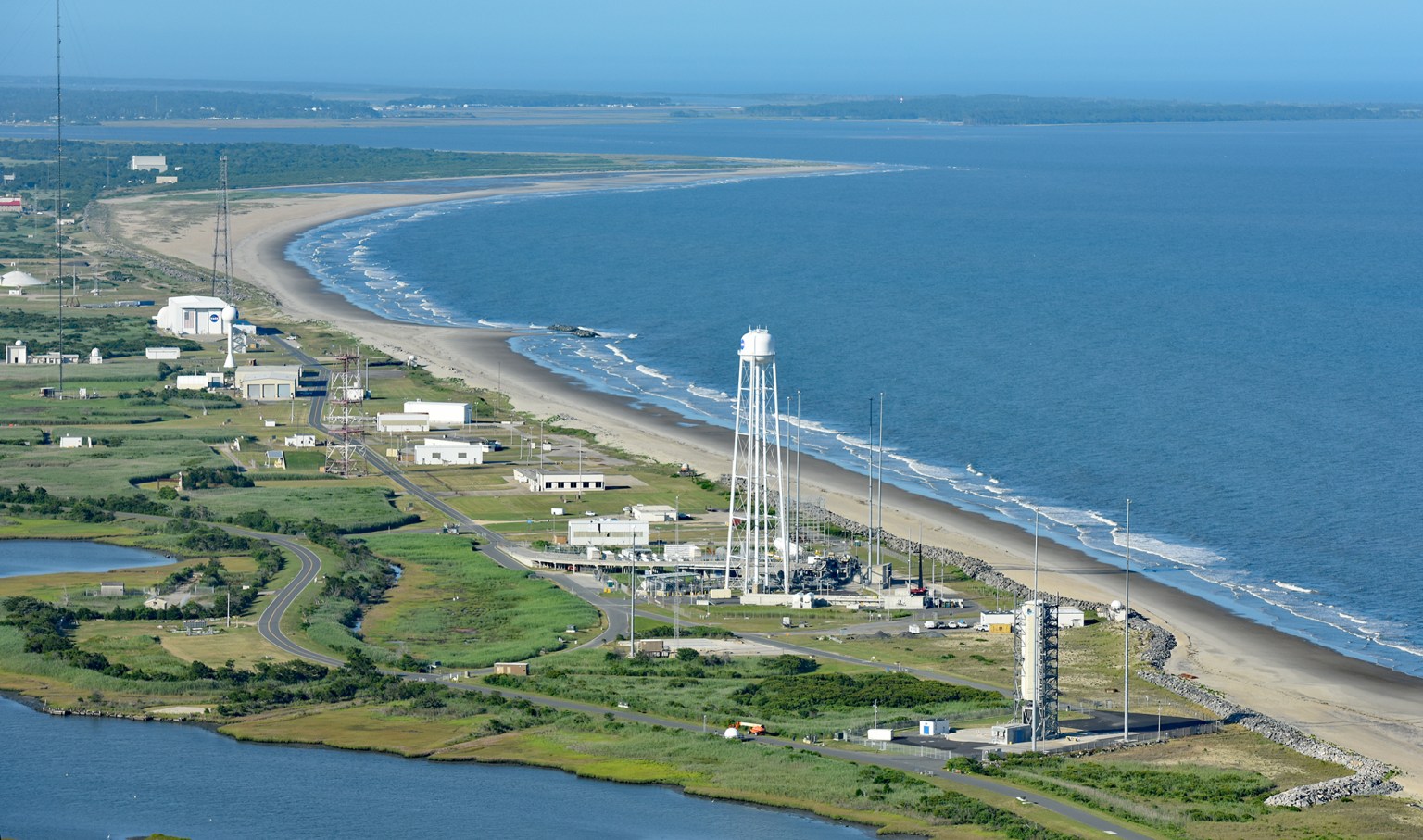Note: Please note that this is an “archived project” and is no longer updated. This article is meant for historical purposes only.
The Nanotechnology project is focused on the maturation, integration, and component level demonstration of high impact nanotechnologies for future use in NASA missions. Nanotechnology has the potential to significantly enhance mission capability by enabling, among others, the development of materials that are significantly lighter and have mechanical properties and durability superior to those available today.
The project currently has three main tasks: 1) Fabrication and ground testing of carbon nanotube (CNT) reinforced composite overwrap pressure vessels (COPVs); 2) Develop lightweight polyimide aerogel insulation and methods for applying the aerogel to CNT wires to reduce the weight of data and power cables, while maintaining or improving performance; and 3) Develop scalable methods to produce core materials with one-half the density of and mechanical properties equivalent to or better than commercially available aluminum honeycomb.
The first task aims to demonstrate the durability of a CNT reinforced COPV under the conditions experienced under a sounding rocket flight test, determine the effects of launch, flight, descent and landing on the structural integrity of a CNT reinforced COPV and progress the manufacturability of CNTs in an aerospace application. This was successfully accomplished in May 2017 when a CNT reinforced COPV flew as part of a cold gas thruster system on a sounding rocket flight out of NASA’s Wallops Flight Facility, Wallops Island, Va.
The objective of the second task is to mature polyimide aerogels as wire insulation to the point where a prototype cable is available for assessment. Because power and data cables typically represent one to two percent of dry aircraft weight and a much larger percent of dry spacecraft weight, a large reduction in cable mass will greatly benefit future NASA missions.
The third task focuses on the assessment of different manufacturing processes to produce ultralightweight core structures and their evaluation as replacements for honeycomb core materials in composite sandwich structures. For this effort, three vendors were awarded a one year contract to develop the three different approaches.
















